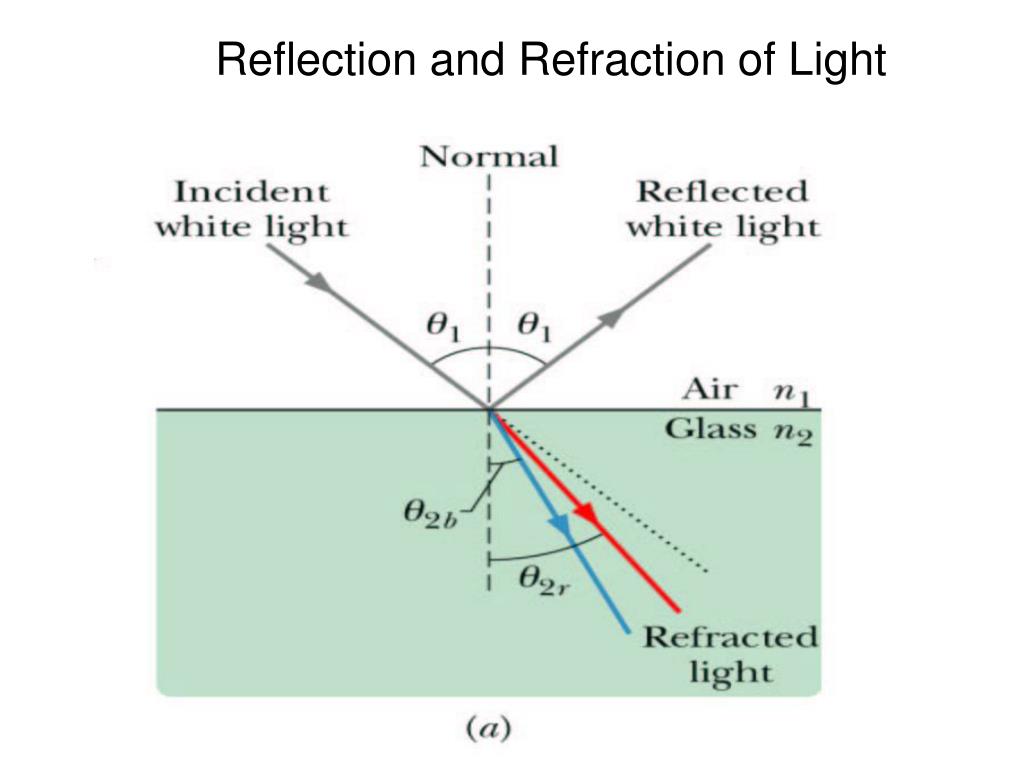

The time it takes for the light to make the round trip can be used to make precise calculations of the Earth-Moon distance. Lasers are bounced off reflectors that astronauts left on the Moon.Lasers are used in industry to cut steel and other metals.Some barcode scanners use a laser beam.CDs are read by interpreting variations in reflections of a laser beam from the surface. Those audio and data-storage devices began replacing cassette tapes during the 1990s. This chapter began with a picture of a compact disc (see Figure 17.1).These properties lead to a number of applications in industry and medicine. Laser beams are directional, very intense, and narrow (only about 0.5 mm in diameter). You get the word laser (see Figure 17.2 (a)), which is the name of the device that produces such a beam of light. Take the first letters of all the words (except by and “of”) and write them in order. Some four decades later, Einstein’s idea found application in a process called, light amplification by stimulated emission of radiation. Such a light stream is said to be coherent. Those photons could go on to hit other excited atoms, and soon you would have a stream of in-phase photons. The exciting part is that you would have two photons with the same energy and they would be in phase. He suggested that the atom would emit a photon with that amount of energy, and it would be accompanied by the original photon. He considered an atom excited by a certain amount of energy and what would happen if that atom were hit by a photon with the same amount of energy. In 1917, Albert Einstein was thinking about photons and excited atoms. There will always be some blurring of images, no matter what the size of the aperture or the wavelength of light used to make an image.


 0 kommentar(er)
0 kommentar(er)
